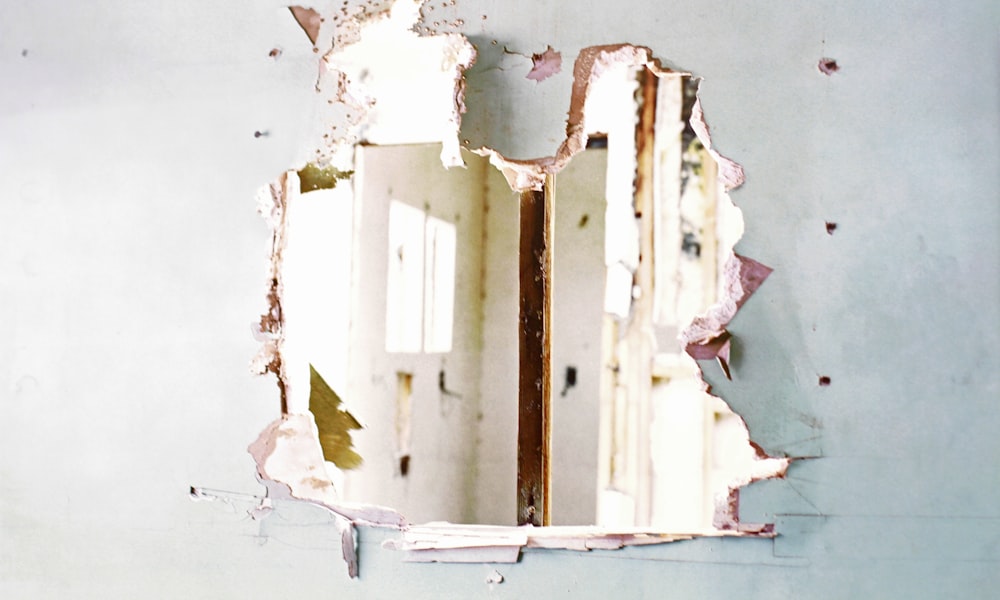Is Gypsum Board the Same as Plasterboard
Is Gypsum Board the Same as Plasterboard?
When it comes to renovating or constructing our homes, understanding the materials we use is crucial. Gypsum board and plasterboard are terms often used interchangeably, but are they really the same thing? Let’s delve into this common confusion and shed some light on the matter.
Understanding the Difference
Imagine this scenario: You’re standing in the home improvement store, staring at rows of construction materials, trying to figure out which one to choose for your project. Suddenly, you come across two products labeled "gypsum board" and "plasterboard." Confusion sets in. Aren’t they just different names for the same thing? Well, not exactly.
Gypsum board and plasterboard are indeed similar in many ways, but there are subtle differences between the two. To put it simply, gypsum board is the generic term for the panel made of a gypsum core sandwiched between paper liners, while plasterboard refers specifically to gypsum board used for walls and ceilings in construction.
Keywords: construction materials, gypsum board, plasterboard
[Image link: 
The Composition of Gypsum Board
Now, let’s break down the composition of gypsum board. At its core lies gypsum, a naturally occurring mineral composed of calcium sulfate dihydrate. This mineral is renowned for its fire-resistant properties, making it a popular choice for construction purposes. The gypsum core is enclosed between layers of special paper, which provide strength, durability, and a smooth surface for painting or decorating.
Keywords: gypsum core, fire-resistant, construction purposes
[Image link: 
Advantages of Gypsum Board
So, why should you consider using gypsum board for your construction projects? Well, let me tell you about its numerous advantages. Firstly, gypsum board is incredibly versatile. It can be used for walls, ceilings, partitions, and even as a base for ceramic tiles or other decorative finishes. Its lightweight nature makes it easy to handle and install, reducing labor costs and construction time.
Moreover, gypsum board boasts excellent fire resistance, which is essential for ensuring the safety of your home or building. In the unfortunate event of a fire, gypsum board helps to contain the spread of flames, giving occupants valuable time to evacuate safely. Additionally, gypsum board is known for its sound-dampening properties, making it ideal for minimizing noise transmission between rooms.
Keywords: versatile, lightweight, fire resistance, sound-dampening
[Image link: 
Plasterboard: A Closer Look
Now, let’s shift our focus to plasterboard, the specific type of gypsum board designed for walls and ceilings. Plasterboard features a gypsum core encased in thick paper liners, providing enhanced durability and strength. Unlike traditional plastering methods, which involve applying wet plaster to a surface, plasterboard offers a more convenient and efficient solution.
One of the key advantages of plasterboard is its ease of installation. With traditional plastering, you have to wait for the plaster to dry completely before proceeding with painting or other finishes. However, with plasterboard, you can finish the surface almost immediately, saving both time and effort. Additionally, plasterboard is highly adaptable, allowing for seamless integration with various architectural styles and design preferences.
Keywords: durability, ease of installation, adaptable
[Image link: 
Choosing the Right Material
So, now that you understand the differences between gypsum board and plasterboard, how do you decide which one is right for your project? Well, it ultimately depends on your specific needs and preferences.
If you’re looking for a versatile and cost-effective solution that offers excellent fire resistance and sound-dampening properties, gypsum board is the way to go. Its lightweight nature and ease of installation make it a favorite among contractors and DIY enthusiasts alike.
On the other hand, if you’re focusing primarily on walls and ceilings and prioritize durability and a smooth finish, plasterboard might be the better choice for you. Its thicker paper liners provide added strength, making it suitable for areas that require extra protection against wear and tear.
Keywords: specific needs, cost-effective, durability
[Imagelink:
In Conclusion
In conclusion, while gypsum board and plasterboard are similar in many respects, they serve slightly different purposes in the realm of construction. Gypsum board is the broader term encompassing all panels made of gypsum core and paper liners, whereas plasterboard specifically refers to gypsum board used for walls and ceilings.
Both materials offer distinct advantages, from versatility and fire resistance to ease of installation and durability. By understanding the unique properties of each, you can make an informed decision that best suits your project requirements.
Next time you find yourself faced with the choice between gypsum board and plasterboard, remember the insights shared in this article. Whether you’re tackling a DIY project or overseeing a large-scale construction endeavor, selecting the right material is essential for achieving the desired results.
Keywords: construction materials, informed decision
[Imagelink:
